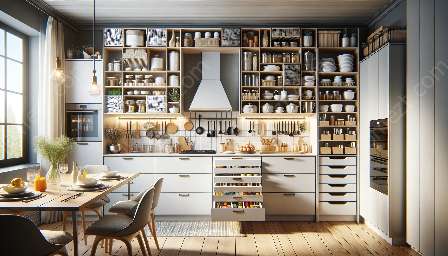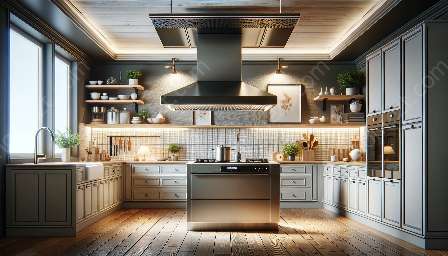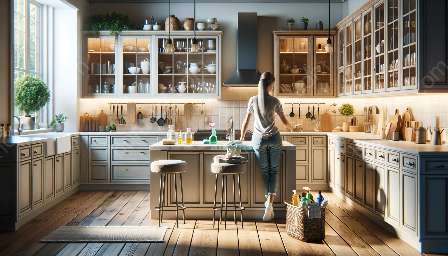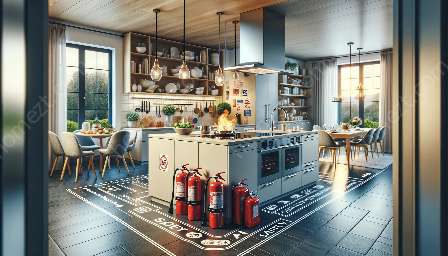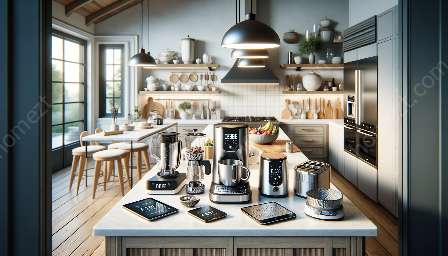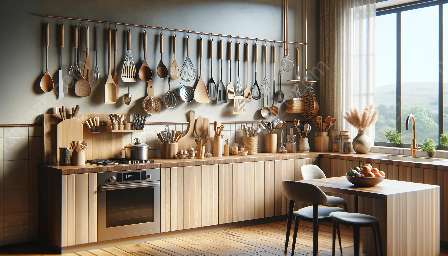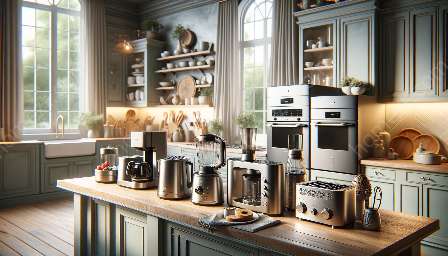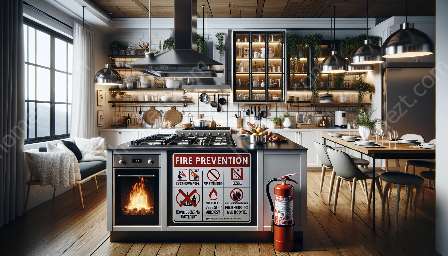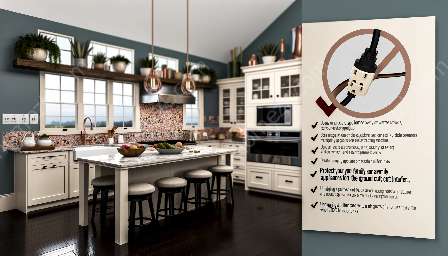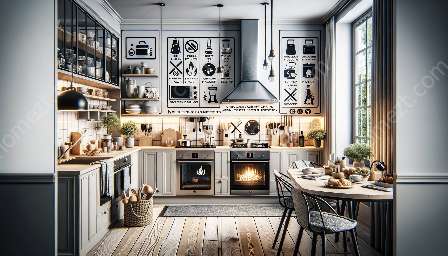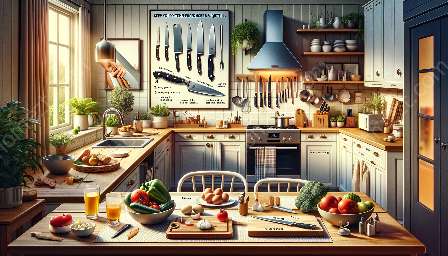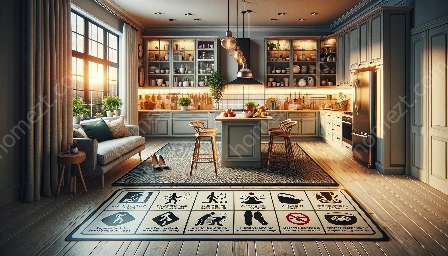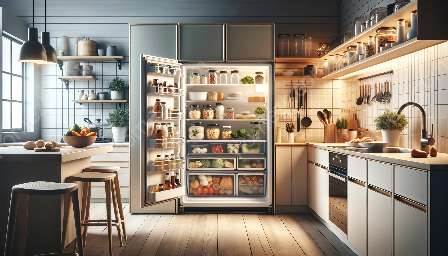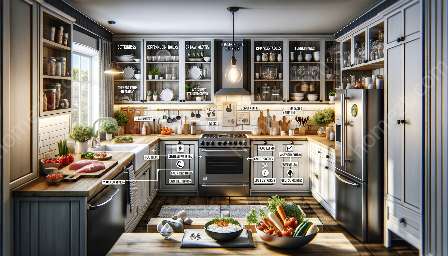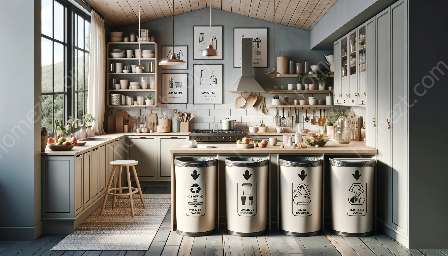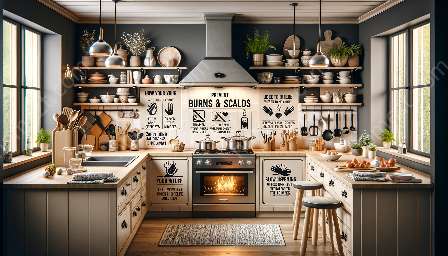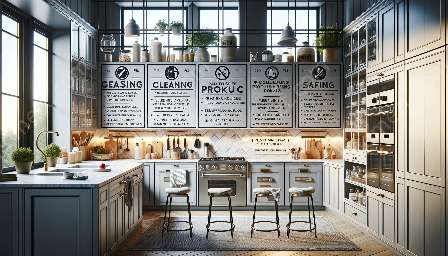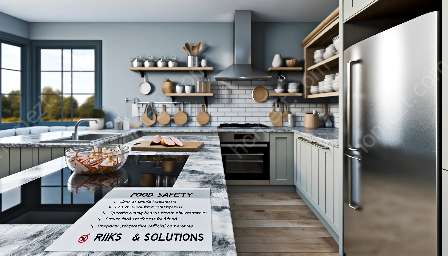Kitchen Safety: Protecting Your Home and Loved Ones
Cooking and preparing meals in the kitchen can be enjoyable and satisfying, but it is also important to be mindful of the potential hazards and safety concerns in this space. Kitchen safety is of utmost importance to protect yourself, your loved ones, and your home. By understanding and implementing proper kitchen safety measures, you can reduce the risk of accidents, injuries, and fires in your kitchen.
The Importance of Kitchen Safety
Kitchen safety is crucial for maintaining a secure and healthy living environment. From preventing burns and cuts to avoiding food contamination, understanding and practicing kitchen safety can significantly reduce the likelihood of accidents and emergencies. By fostering a culture of safety in the kitchen, you can create a space that is enjoyable, efficient, and safe for all occupants.
Kitchen Safety Guidelines
1. Proper Handling of Knives and Sharp Objects: Always use appropriate cutting boards and techniques when handling knives and other sharp objects in the kitchen. Keep knives sharpened and store them in a safe place to avoid accidents.
2. Fire Safety: Be mindful of fire hazards in the kitchen, such as flammable materials and high heat from stovetops and ovens. Install and regularly check smoke detectors, and keep a fire extinguisher within easy reach.
3. Preventing Slips and Falls: Keep the kitchen floor clean and dry to prevent slips and falls. Immediately wipe up any spills or liquids, and use slip-resistant rugs or mats around high-traffic areas.
4. Proper Food Handling and Storage: Practice good food handling and storage techniques to minimize the risk of foodborne illnesses. Store food at the appropriate temperatures, and regularly clean and sanitize kitchen surfaces and utensils.
5. Electrical Safety: Ensure that all electrical appliances and cords are in good working condition. Avoid overloading electrical outlets, and keep cords away from heat sources to prevent potential electrical fires.
Kitchen Safety Tips for Families
1. Childproofing the Kitchen: Install safety locks on cabinets and drawers to prevent young children from accessing dangerous items, such as cleaning supplies and sharp objects. Keep small appliances and cords out of reach as well.
2. Educating Family Members: Teach your family members, especially children, about the importance of kitchen safety. Show them how to handle kitchen tools and appliances safely, and involve them in age-appropriate cooking and meal preparation activities.
3. Supervising Young Chefs: When children are involved in cooking or baking, closely supervise them to ensure they are using kitchen tools and appliances correctly and safely.
The Role of Personal Protective Equipment (PPE)
Use appropriate personal protective equipment, such as oven mitts, aprons, and non-slip footwear, to protect yourself from potential kitchen hazards. Always wear insulated gloves when handling hot cookware and utensils, and use appropriate attire to avoid spills and burns.
Conclusion
Practicing kitchen safety is essential for maintaining a secure and enjoyable kitchen environment. By understanding the importance of kitchen safety and following the recommended guidelines, you can create a space that promotes health, well-being, and culinary creativity for you and your loved ones.






